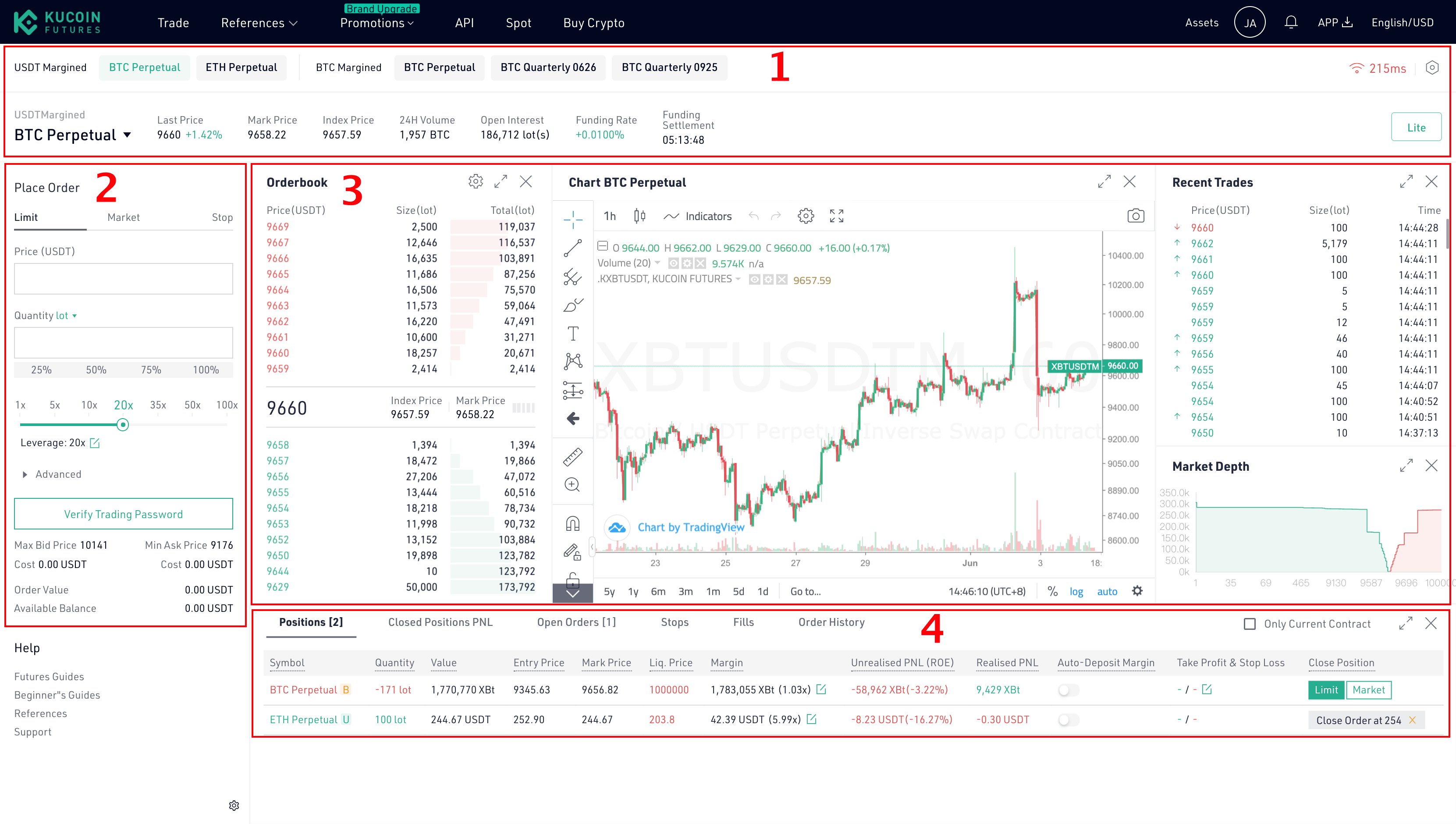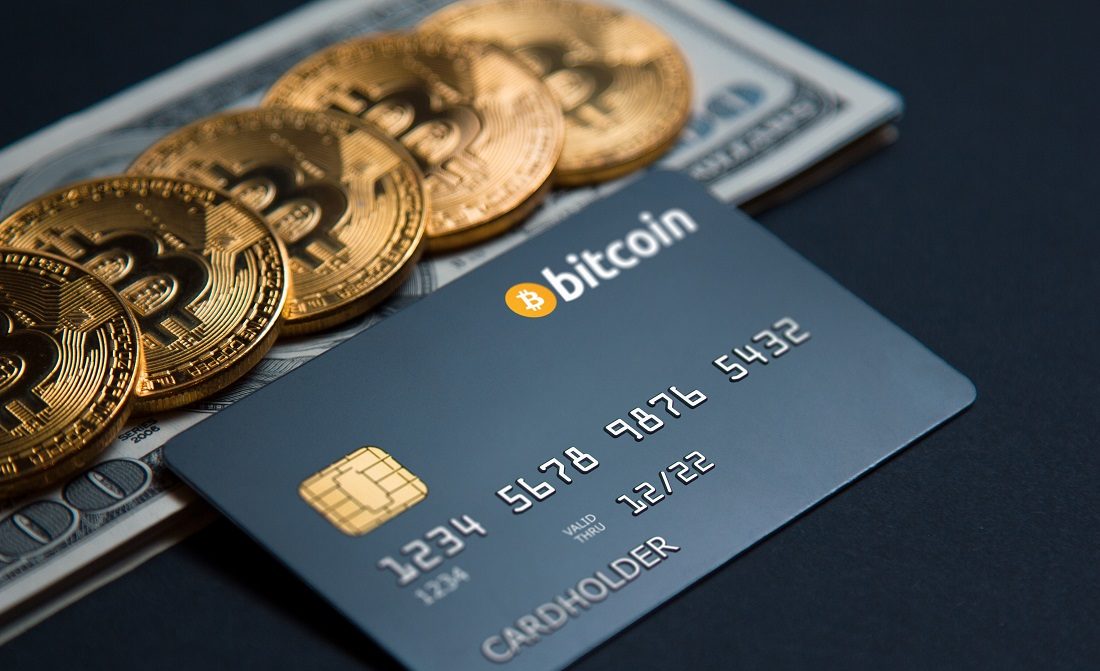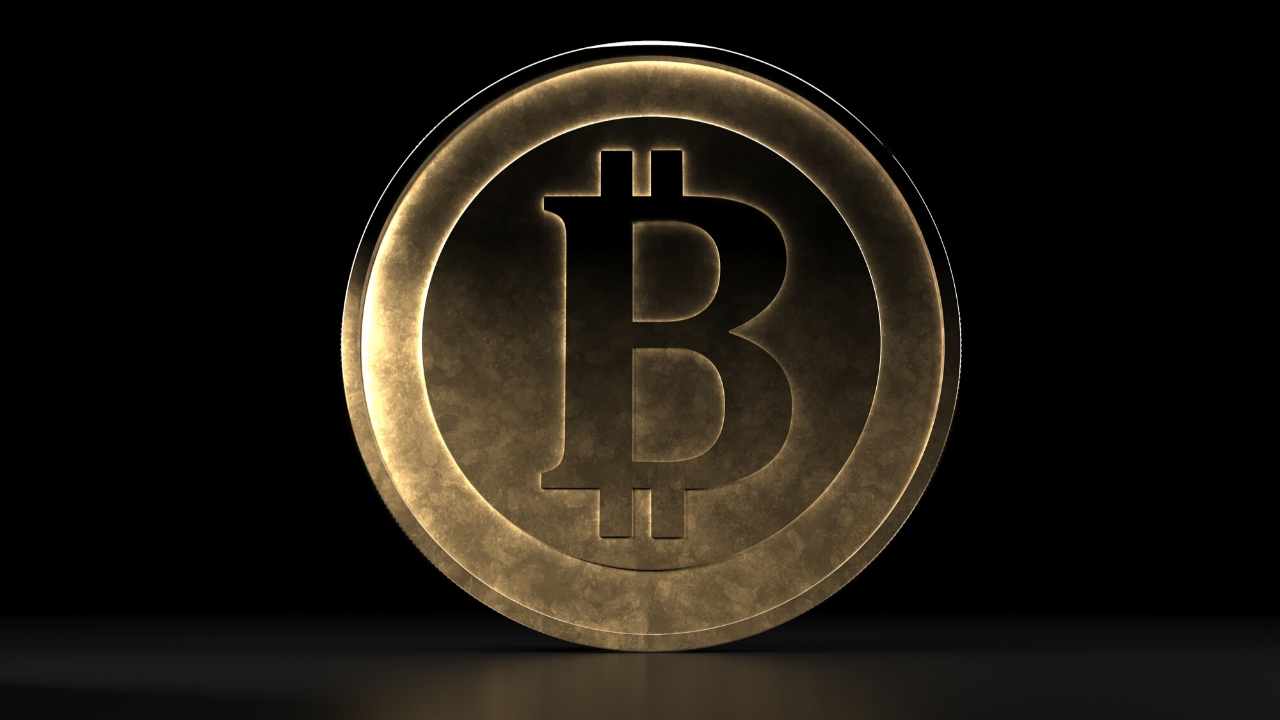
Bitcoin mining is the process of storing and exchanging coins. This process solves many of the problems that digital currencies have. You cannot issue a $5 bill multiple times or debit an account with the same amount of money indefinitely. Bitcoin mining is required for money exchange. You can't withdraw more money than your bank records show. But it comes with a price. This article details the risks, rewards, and costs of bitcoin mining.
Bitcoin mining costs
While mining bitcoin can be a lucrative business, the costs of electricity, hardware, and electricity usage can be quite high. Because Bitcoin mining requires the use of specialized hardware and computers, you will need to buy enough electricity. Decentralization makes it even more costly. This also explains why electricity costs are so high. You must have the money to finance the Bitcoin mining activity in order to be able survive.
According to the International Energy Agency, the Bitcoin network has consumed about 30 terawatt-hours of electricity in 2017, but today, it consumes more than twice that amount, ranging from 78 to 101TWh a day. The equivalent of 75,000 credit card swipes, 300 kg of carbon dioxide is produced by every Bitcoin transaction. That means that Bitcoin mining would use as much energy as Austria or Bangladesh. Bitcoin mining uses more energy than most other types of power because it is primarily powered by coal.
Bitcoin mining has its problems
Bitcoin mining comes with a lot of challenges. This increases the carbon footprint for the world's electricity supply. China is the most popular country for Bitcoin mining. The carbon emissions from this country are alarming. Chinese Bitcoin mining is expected to emit 130 million metric tonnes of carbon by 2024. These concerns aside, Bitcoin mining is worth looking into as an investment. It has many other positive effects on our environment.

Digital records such as bitcoins are subject to double-spending or counterfeiting and can be copied. Mining is needed to stop this. It is costly to hack the bitcoin network so miners use dedicated networks. However, once a miner is disconnected, syncing transactions may become complicated and more time-consuming. This is especially true if you are mining in remote areas where connectivity is not always reliable.
Rewards for bitcoin miners
Bitcoin miners make money by verifying transactions. As a reward, they receive blocks with varying values. The size of the reward blocks varies according to network congestion, transaction volume, and other factors. The rewards for mining Bitcoins were initially high. But, as bitcoin prices rose, so did their reward amounts. In the past, they would receive a reward of 50 bitcoins for confirming a block, but this changed to only ten bitcoins in 2012, and then a half-billion-bitcoin-block in 2020. The date for the mining of final bitcoin is now February 2140.
However, there is a lot of optimism regarding the Bitcoin upgrade due to the recent halving. It's reminiscent of past block reward reductions. Although bitcoin prices fell by half in July, they rallied due to high demand and slower issuance. Dogecoin - a cryptocurrency that is based in Bitcoin - rose over 1% in 24 hour and many other cryptocurrencies have been rising in value. Crypto investors made profits of $2.09 billion last week.
Blockchain technology used in bitcoin mining
Bitcoin mining is a labor-intensive process that verifies transactions and adds them onto the ledger. To get bitcoins, one must solve complex mathematical problems. If a successful miner gets a certain number of these currencies, they are rewarded. Although blockchain technology doesn't allow for the creation of cryptocurrency, it can be used to solve certain bitcoin-related problems. Here are some blockchain-related benefits for bitcoin mining.

The blockchain is distributed to multiple nodes. Each of these nodes is responsible for maintaining a copy the ledger. All changes to the ledger must first be approved by the network before they are added to the Blockchain. This method is decentralized and makes it difficult to alter the information and make it ineffective. Additionally, blockchains are transparent since each participant is assigned an unique alphanumeric identity number.
FAQ
In 5 years, where will Dogecoin be?
Dogecoin is still popular today, although its popularity has declined since 2013. We think that in five years, Dogecoin will be remembered as a fun novelty rather than a serious contender.
Which crypto to buy today?
Today I recommend buying Bitcoin Cash (BCH). BCH has been steadily growing since December 2017, when it was trading at $400 per coin. In less than two months, the price of BCH has risen from $200 to $1,000. This is an indication of the confidence that people have in cryptocurrencies' future. It also shows that there are many investors who believe that this technology will be used by everyone and not just for speculation.
How do you get started investing in Crypto Currencies
First, you need to choose which one of these exchanges you want to invest. Next, you will need to locate a trusted exchange site such as Coinbase.com. After you have registered on their site, you will be able purchase your preferred currency.
Statistics
- “It could be 1% to 5%, it could be 10%,” he says. (forbes.com)
- That's growth of more than 4,500%. (forbes.com)
- In February 2021,SQ).the firm disclosed that Bitcoin made up around 5% of the cash on its balance sheet. (forbes.com)
- This is on top of any fees that your crypto exchange or brokerage may charge; these can run up to 5% themselves, meaning you might lose 10% of your crypto purchase to fees. (forbes.com)
- For example, you may have to pay 5% of the transaction amount when you make a cash advance. (forbes.com)
External Links
How To
How to invest in Cryptocurrencies
Crypto currency is a digital asset that uses cryptography (specifically, encryption), to regulate its generation and transactions. It provides security and anonymity. Satoshi Nagamoto created Bitcoin in 2008. Since then, there have been many new cryptocurrencies introduced to the market.
Bitcoin, ripple, monero, etherium and litecoin are the most popular crypto currencies. Many factors contribute to the success or failure of a cryptocurrency.
There are several ways to invest in cryptocurrencies. One way is through exchanges like Coinbase, Kraken, Bittrex, etc., where you buy them directly from fiat money. You can also mine your own coin, solo or in a pool with others. You can also purchase tokens through ICOs.
Coinbase is an online cryptocurrency marketplace. It allows users to buy, sell and store cryptocurrencies such as Bitcoin, Ethereum, Litecoin, Ripple, Stellar Lumens, Dash, Monero and Zcash. Users can fund their account using bank transfers, credit cards and debit cards.
Kraken is another popular trading platform for buying and selling cryptocurrency. It allows trading against USD and EUR as well GBP, CAD JPY, AUD, and GBP. Trades can be made against USD, EUR, GBP or CAD. This is because traders want to avoid currency fluctuations.
Bittrex is another well-known exchange platform. It supports more than 200 cryptocurrencies and offers API access for all users.
Binance is a relatively newer exchange platform that launched in 2017. It claims it is the world's fastest growing platform. It currently trades over $1 billion in volume each day.
Etherium, a decentralized blockchain network, runs smart contracts. It relies upon a proof–of-work consensus mechanism in order to validate blocks and run apps.
In conclusion, cryptocurrencies are not regulated by any central authority. They are peer to peer networks that use decentralized consensus mechanism to verify and generate transactions.